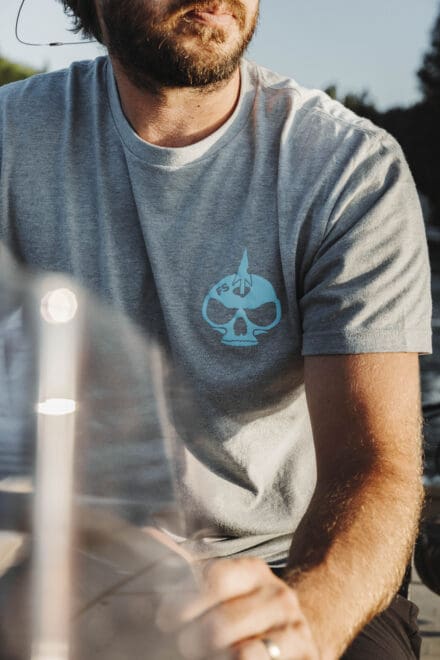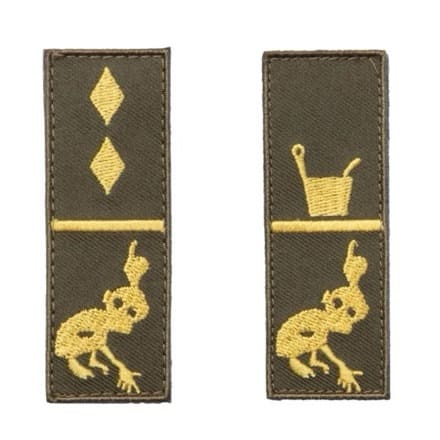Lexington, KY – In a move sure to be appreciated by everyone from bourbon sippers to rotgut swillers, Bad Moon Armory is happy to announce the renewed availability of the FlaskBang custom flask that proved so popular at the SHOT Show earlier this year. Effectively something between a custom flask and a double shot glass, the FlaskBang is a collaboration between BMA and Breach-Bang-Clear. Skål!

As anyone reading this (or who plays FPS games) will immediately recognize, the “tactical” custom flask takes its shape and name from assorted “Noise Flash Diversionary Devices.” It holds 2.7oz of your refreshing libation. Sláinte!
BLUF: Check out www.flaskbang.com

These hold 80ml of liquid if you’re someone who cares about the metric system outside of weapon systems and cartridge sizes.
Because the Bad Moon Armory/Breach-Bang-Clear flaskbang doesn’t hold much liquid, it comes with special recommendations from Bad Moon Armory’s Chief Drinking Officer. To wit: It is recommended that flaskbang users use their flask with good whiskey* in lieu of coffee (this ain’t a thermos), energy drinks except as annotated below, or any sort of healthy fruit juice derivative of any kind whatsoever.
These are not novelty items—well, mostly not. They are food-safe flasks lined with a food-safe grade phenolic liner. These shot glasses are for people who appreciate the appropriate, skilled application of violence and the really loud noises that typically herald a room entry. Prost!
The FlaskBang (or bang flask, as some folks refer to it) is currently available in black or OD green. The cap seals for a tight, leak-free design, and the top screws off for easy access. Note: You don’t need to pull the pin to take a drink, but you certainly can if you want. Saúde!

The flaskbang is an often overlooked part of the essential loadout. It’s a 3D printed body shaped similar to a “flashbang” NFDD but designed to carry approximately two shots of liquid.
May not be suitable for:
- District Court
- County Court
- Divorce proceedings (mostly)
- NJP hearing (mostly)
- TSA Confrontations (mostly)
- Anyone who thinks umbrellas go in drinks
- People who don’t love M81 woodland
- Sissies
They’re currently marked at 20% off the regular retail price. Kanpai!
Teams and units: For group purchases, contact Bad Moon Armory directly. We’ll hook you up on pricing. ¡Salud!
*Also suitable for use with vodka, tequila, kvass, cachaça, sake, arak, or (if you’re feeling nostalgic) Rip-Its.
Note: There’s no guarantee what could happen with the gropy-people pat down people in blue gloves, but we’ve had no issues with our flaskbangs while traveling. ALTHOUGH, we also disassembled them before packing. Worst case scenario, they pull you out of line and you throw back the contents before fighting to keep them from confiscating your stuff.
Follow Bad Moon Armory on IG: @badmoonarmory










































































































































